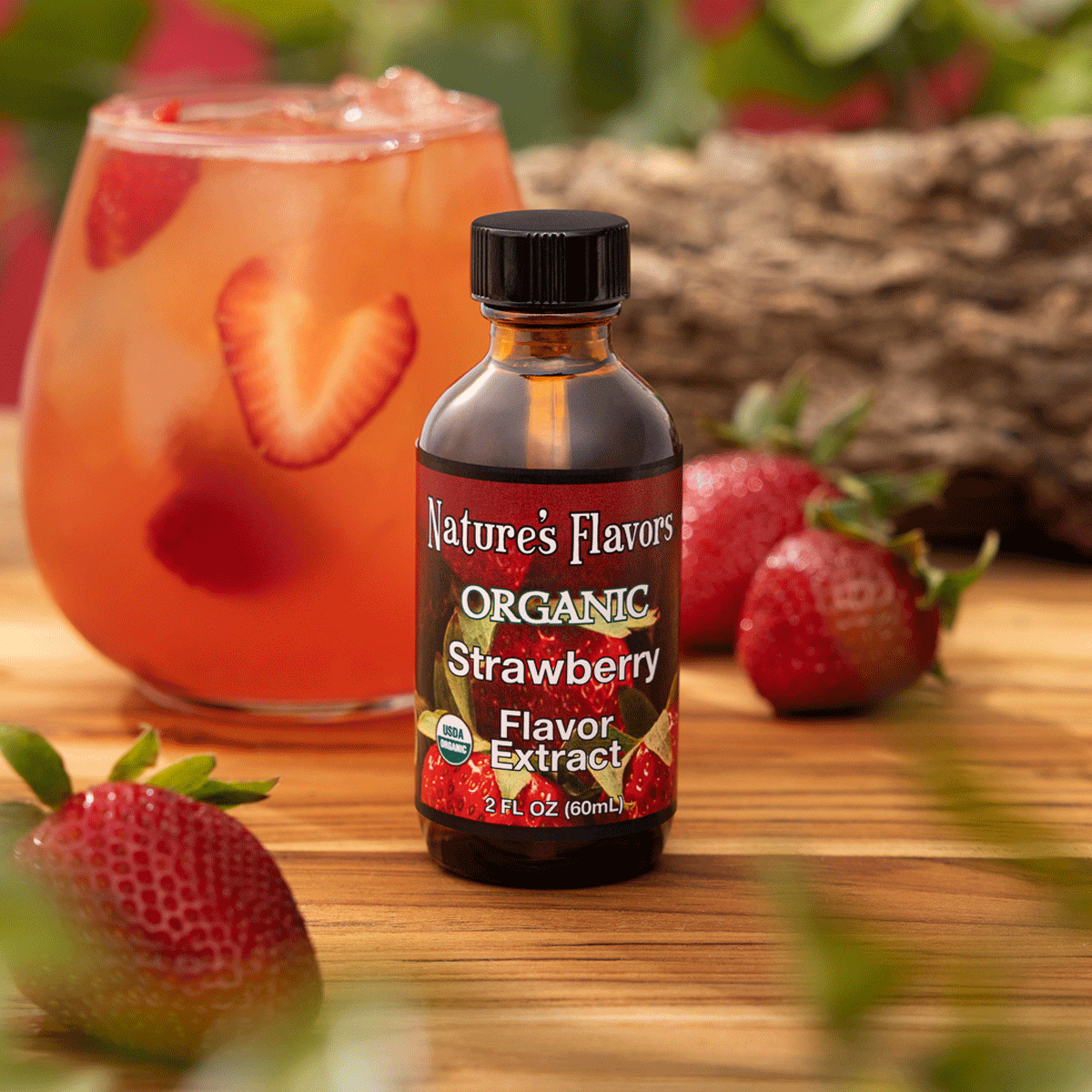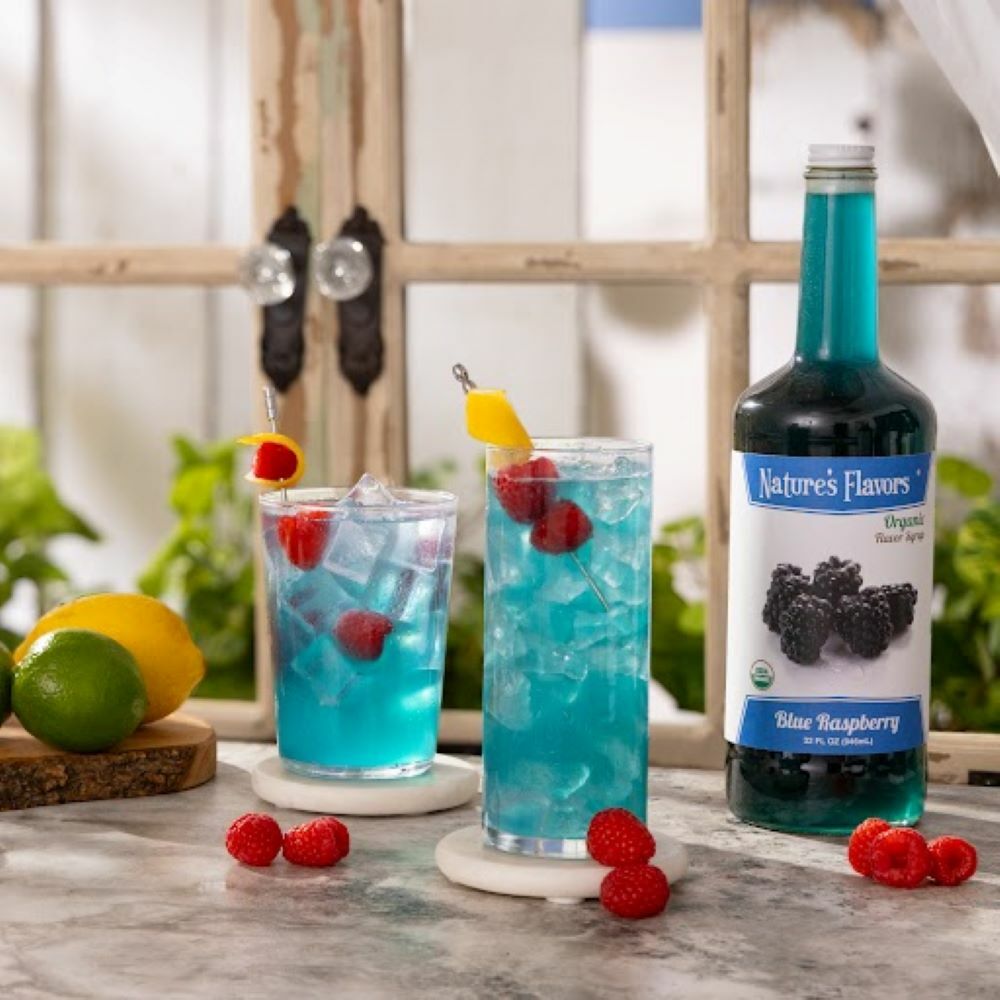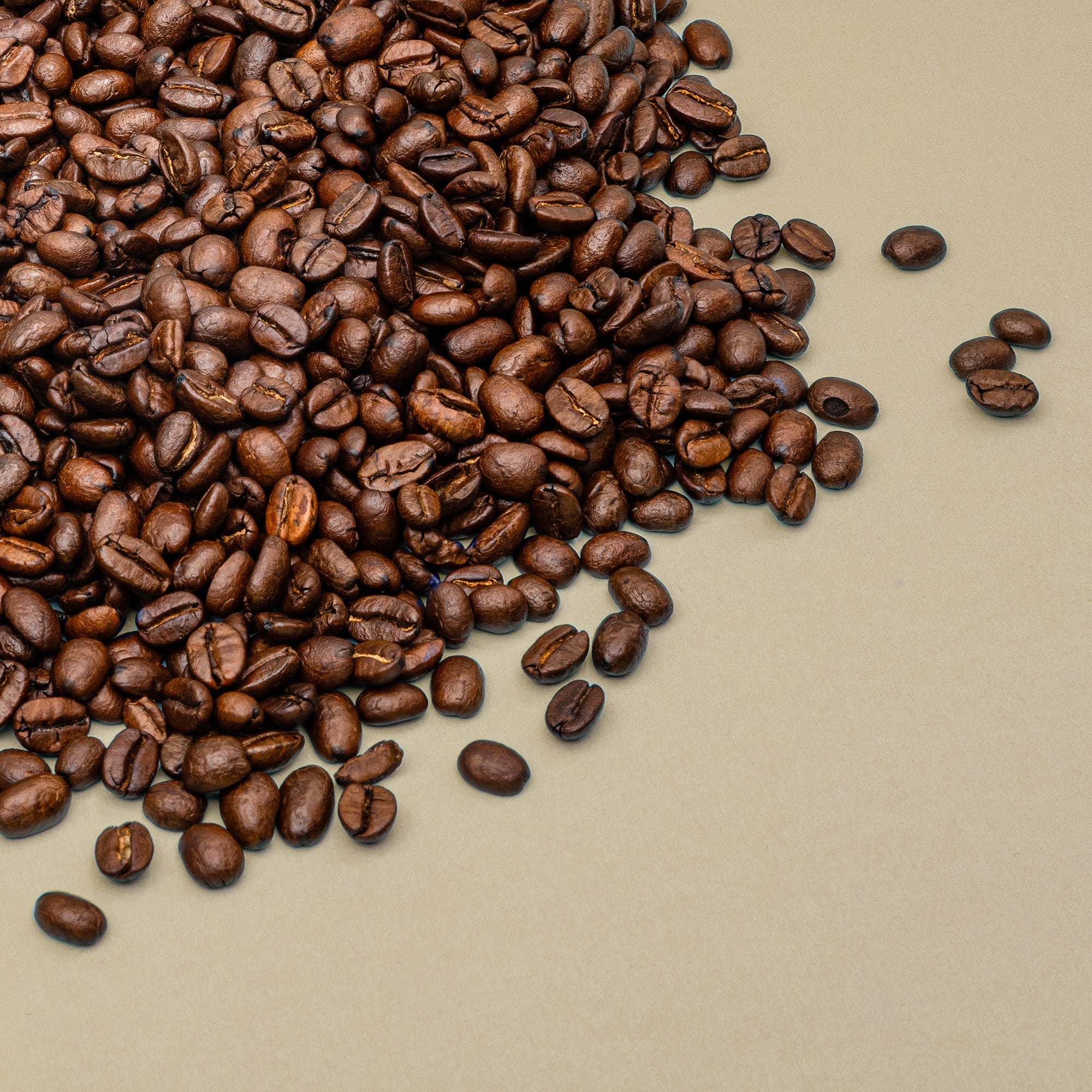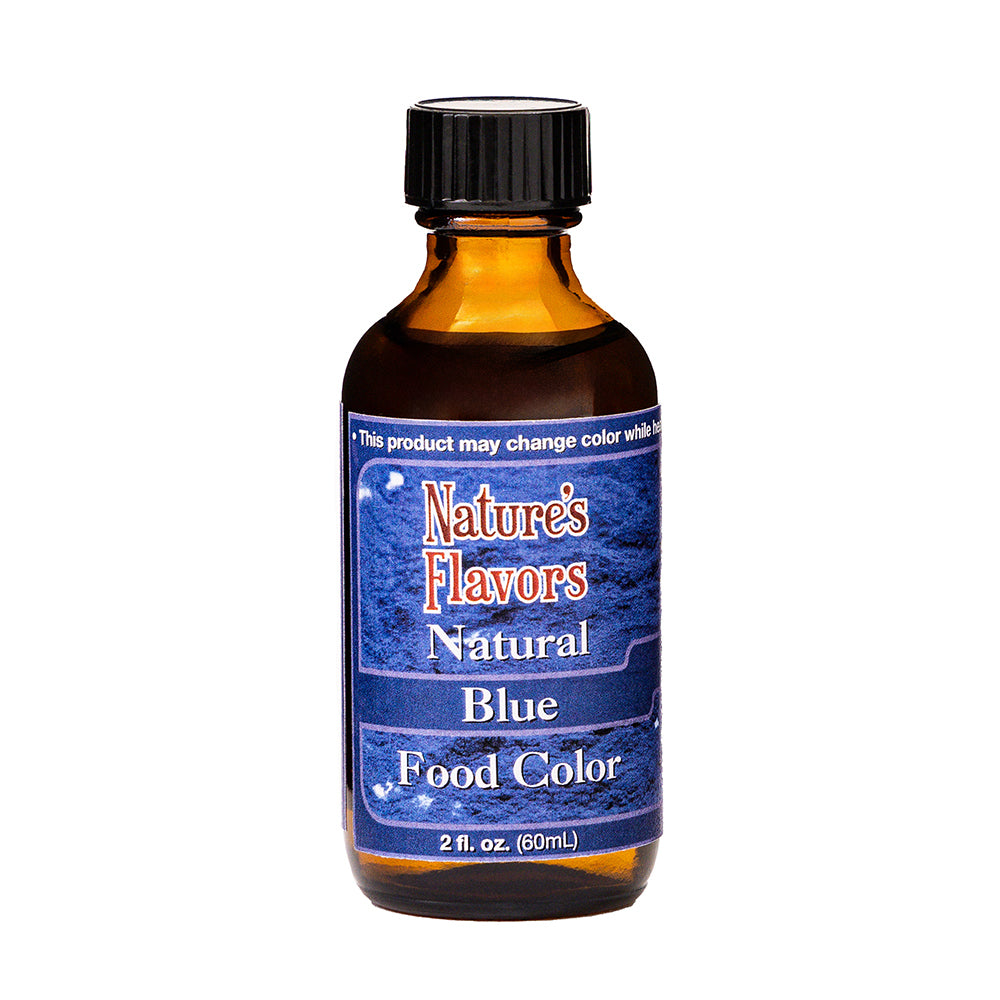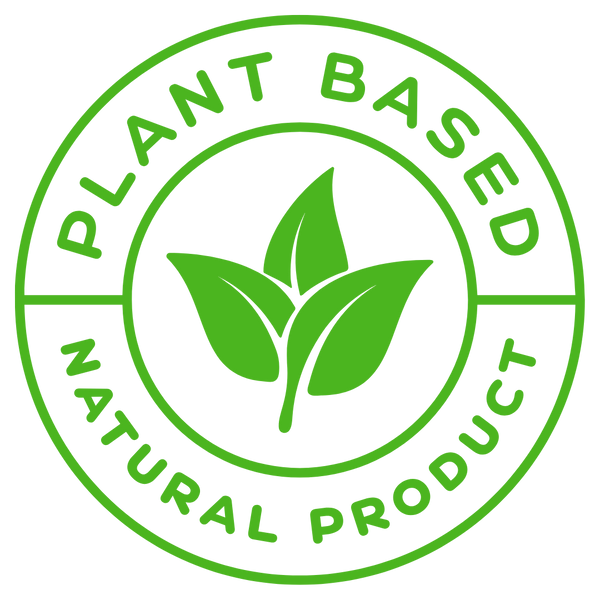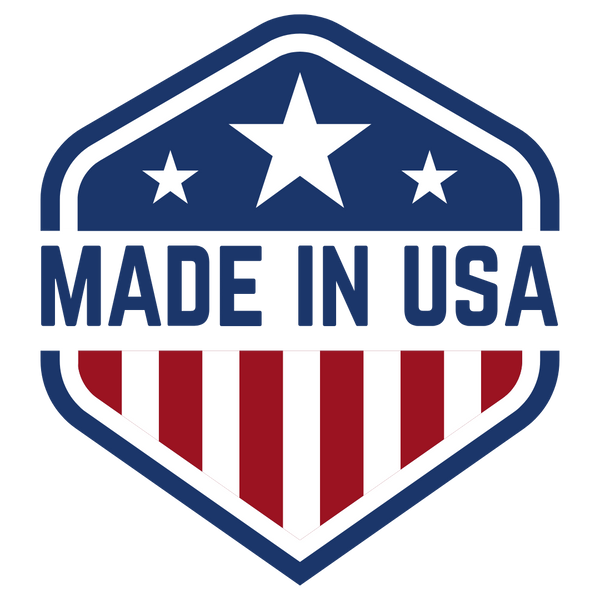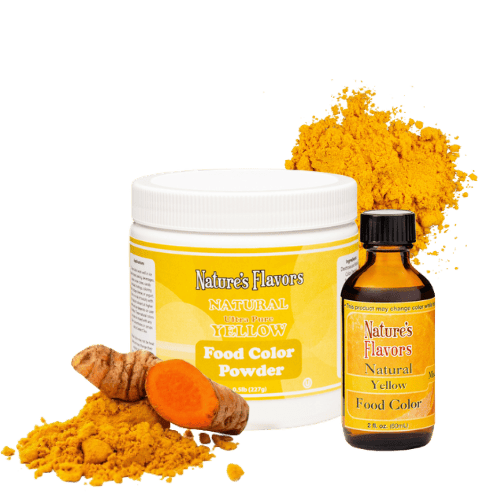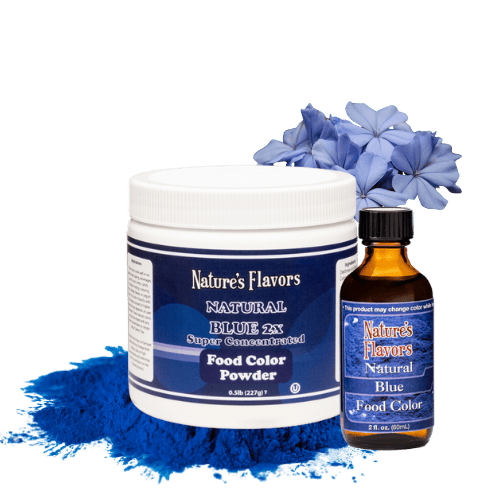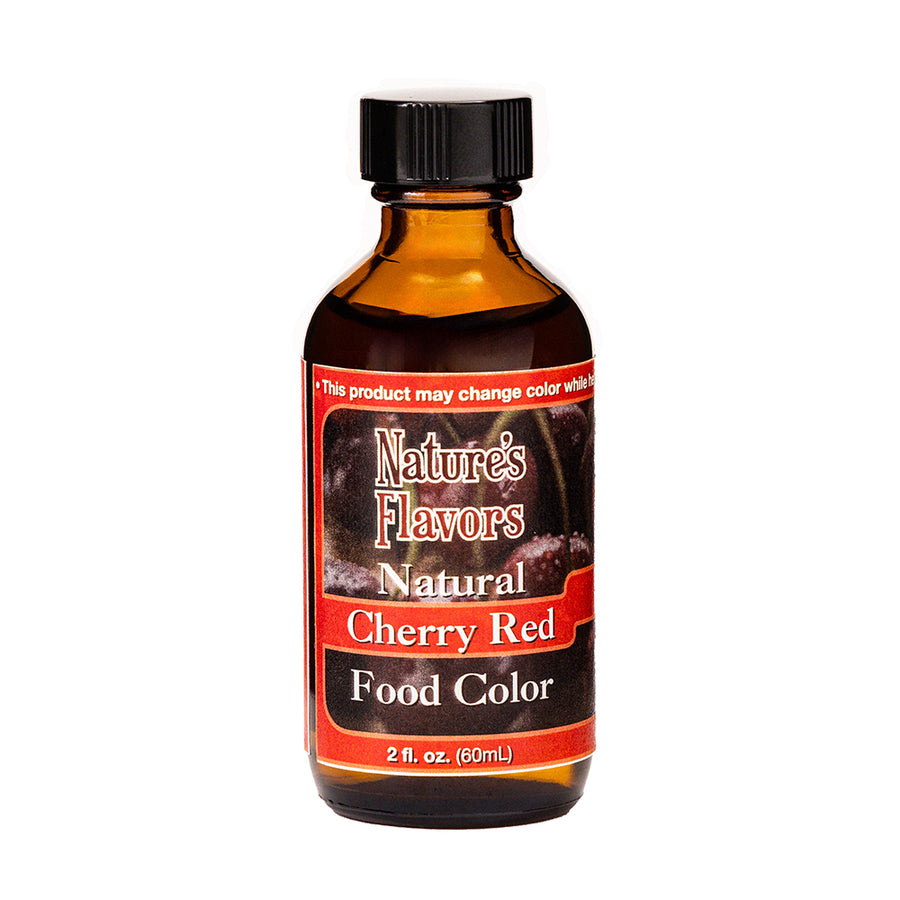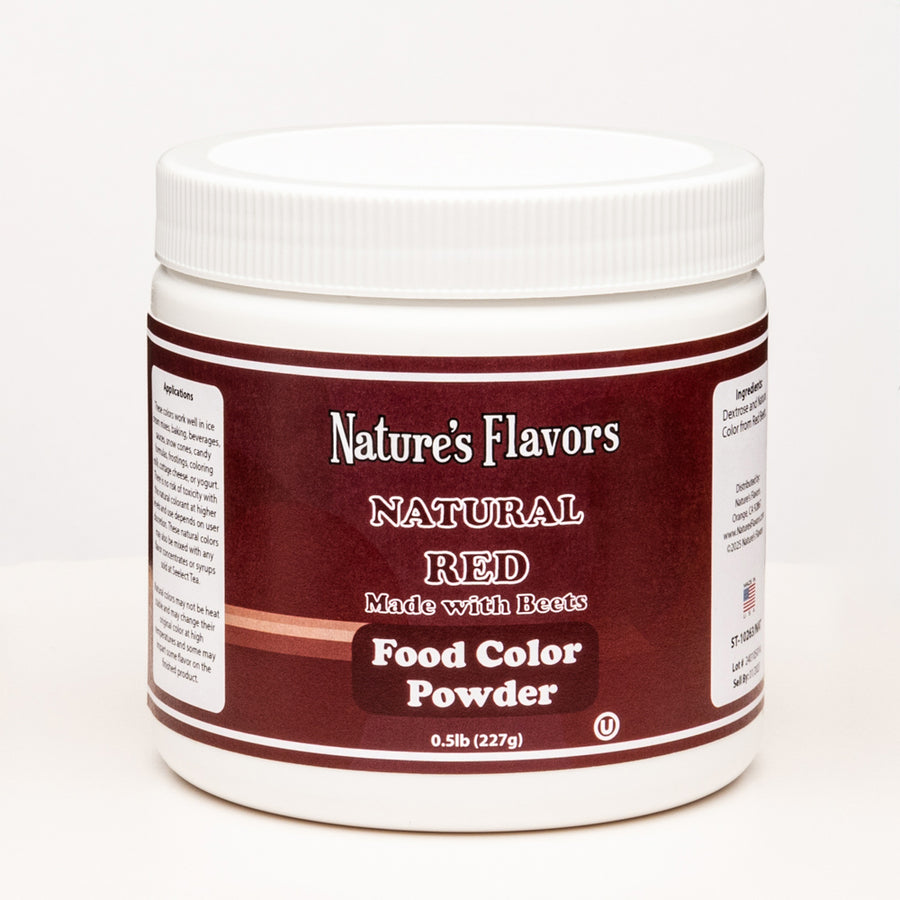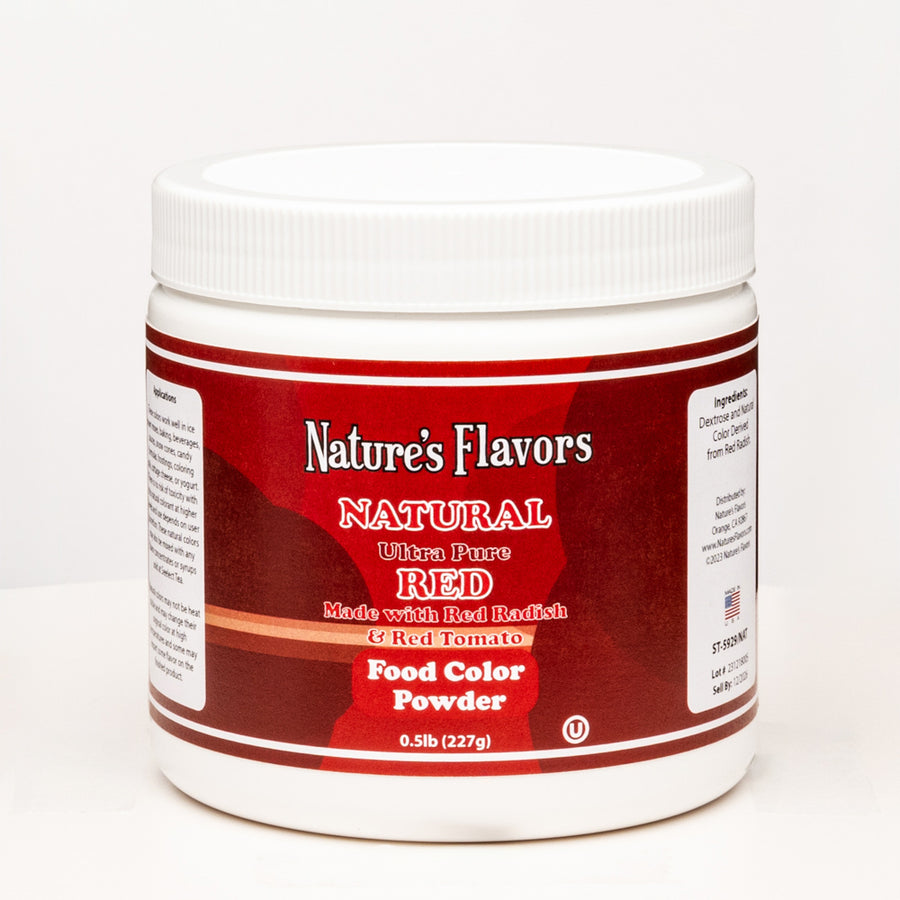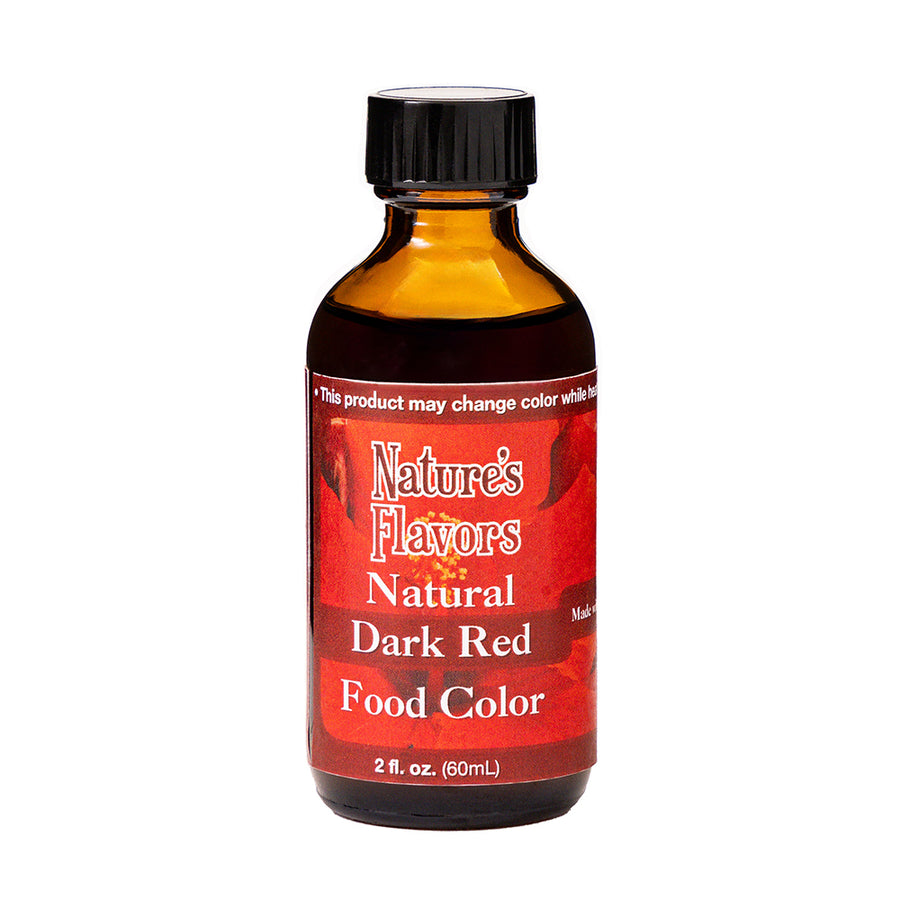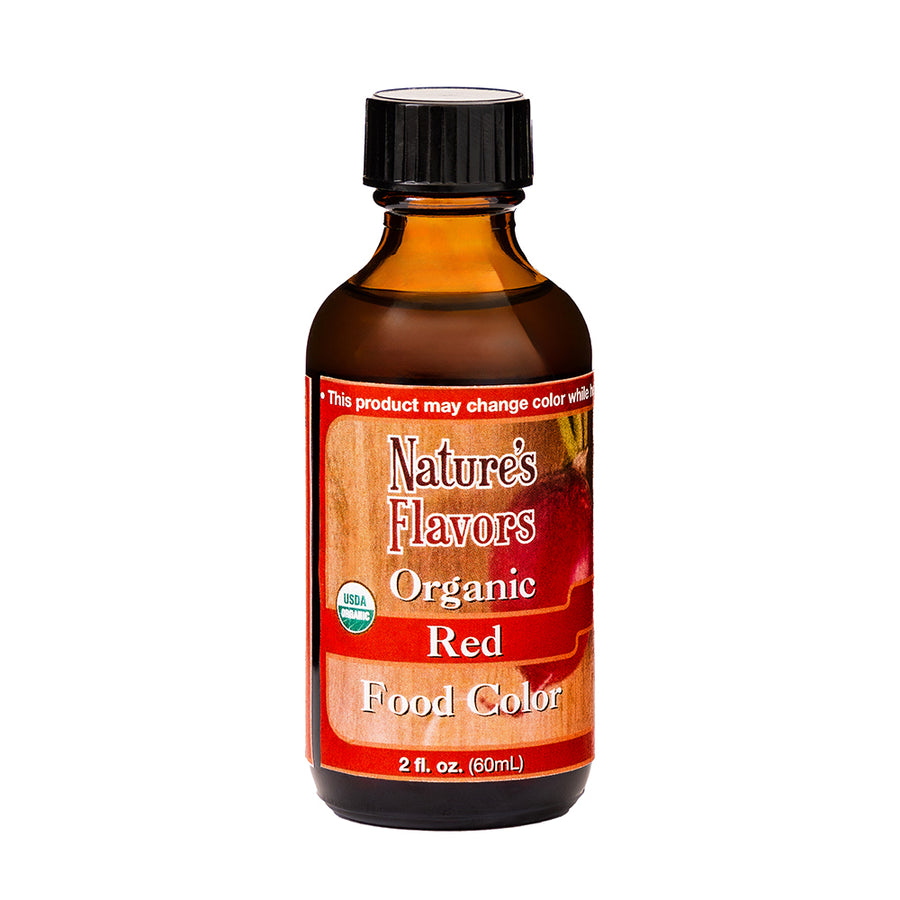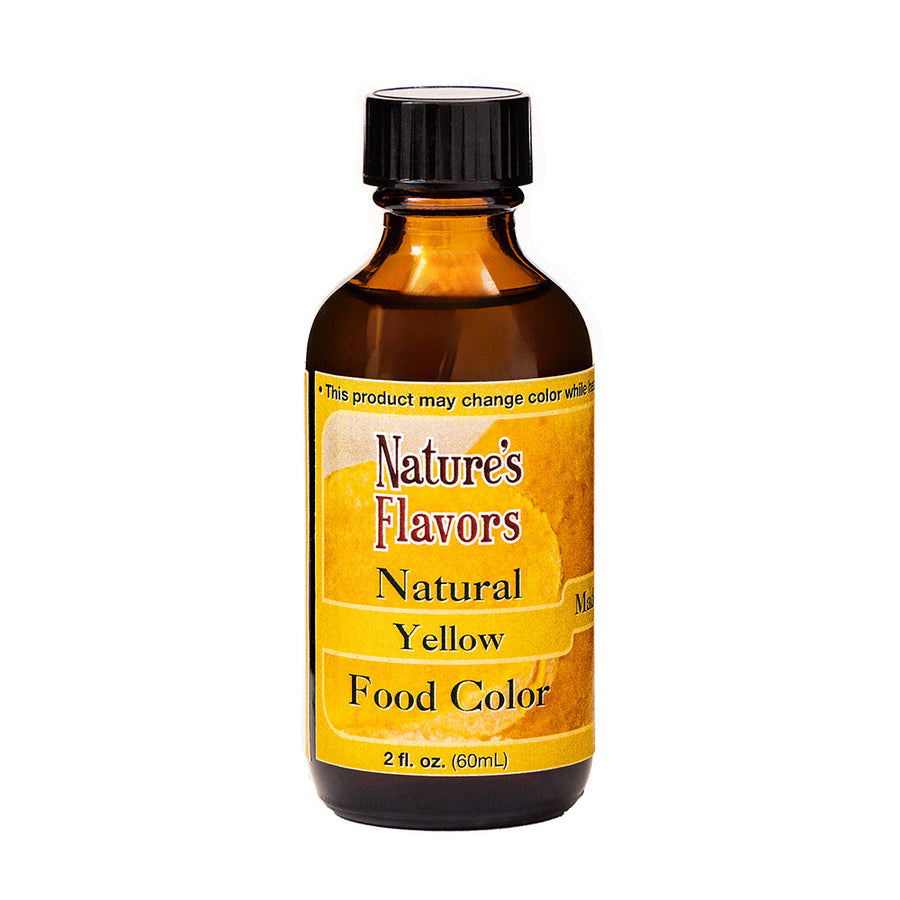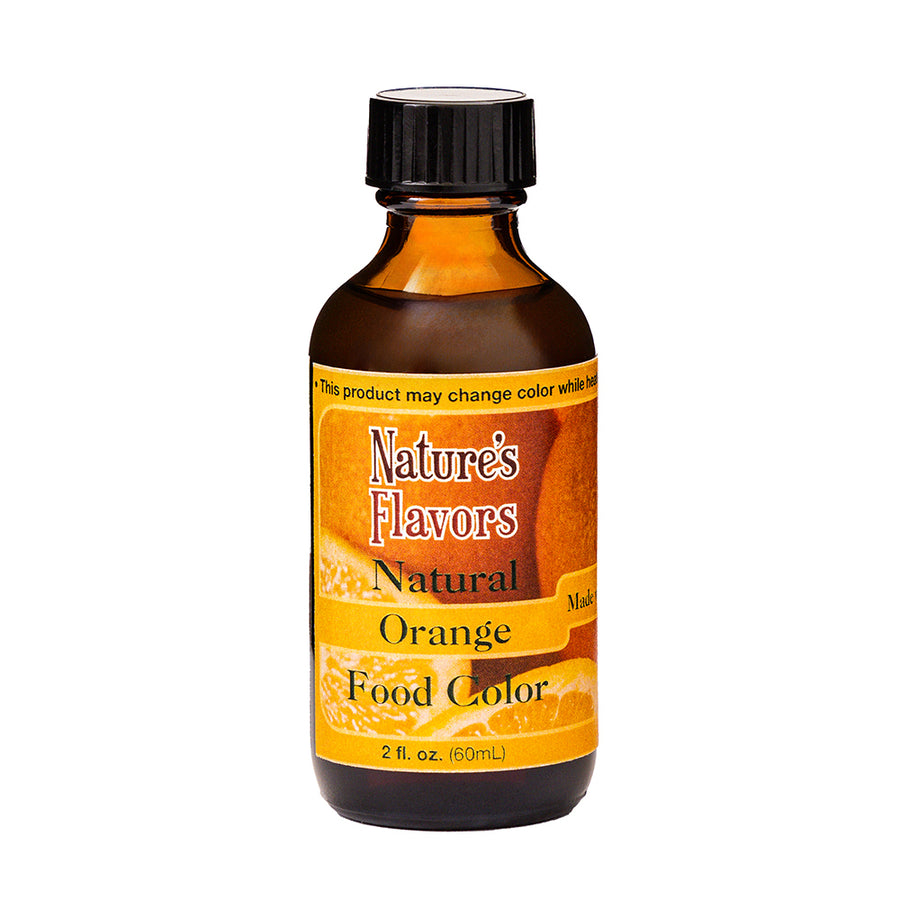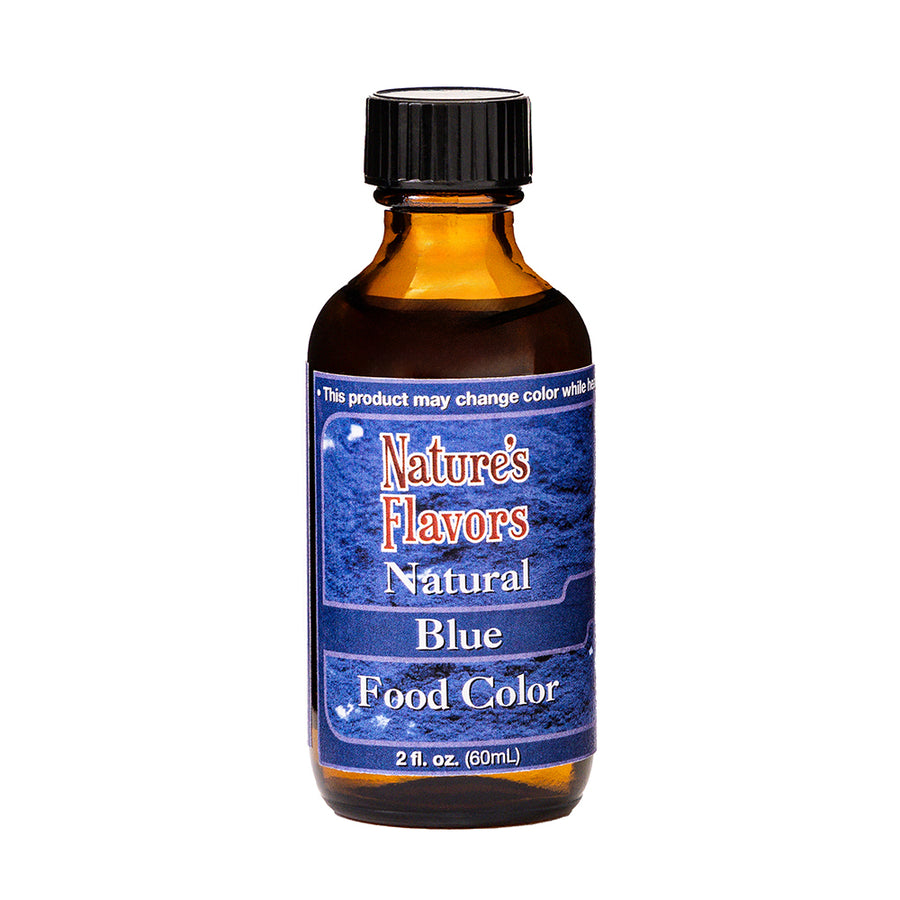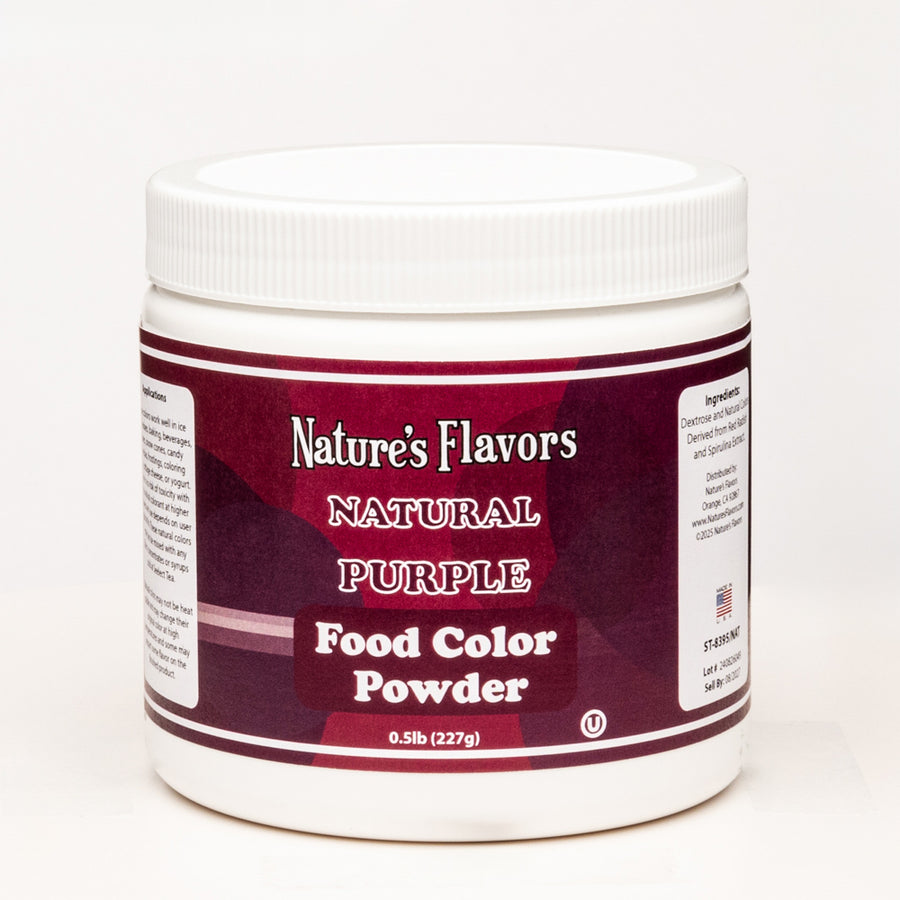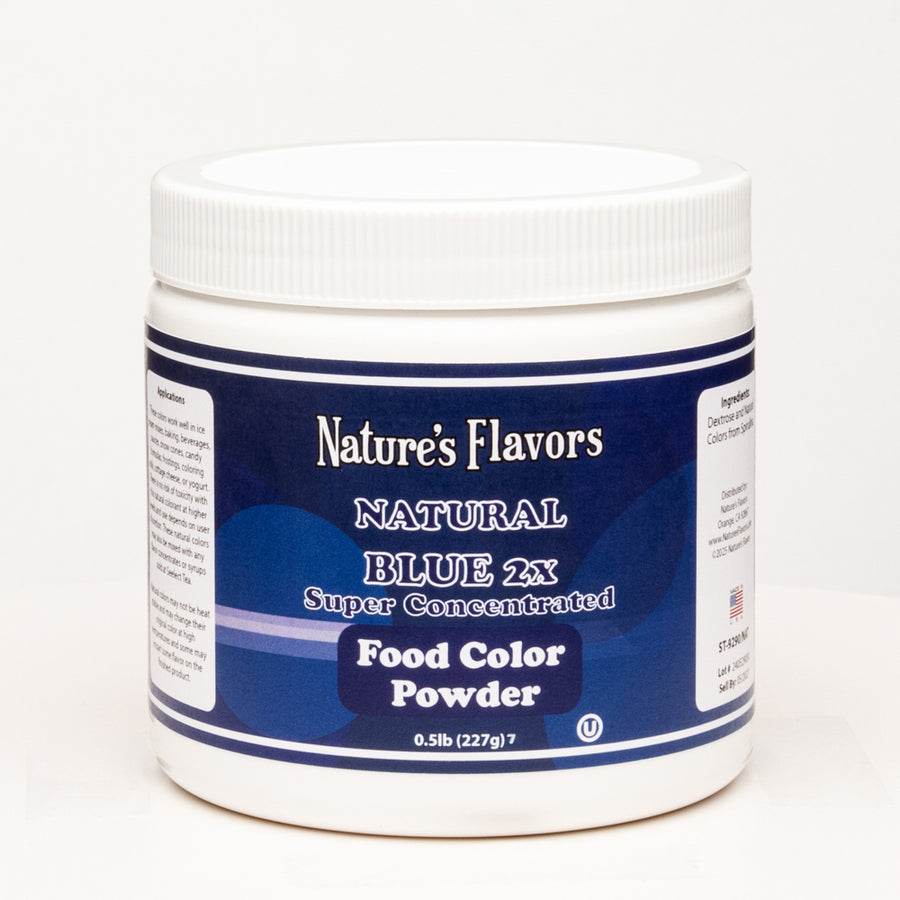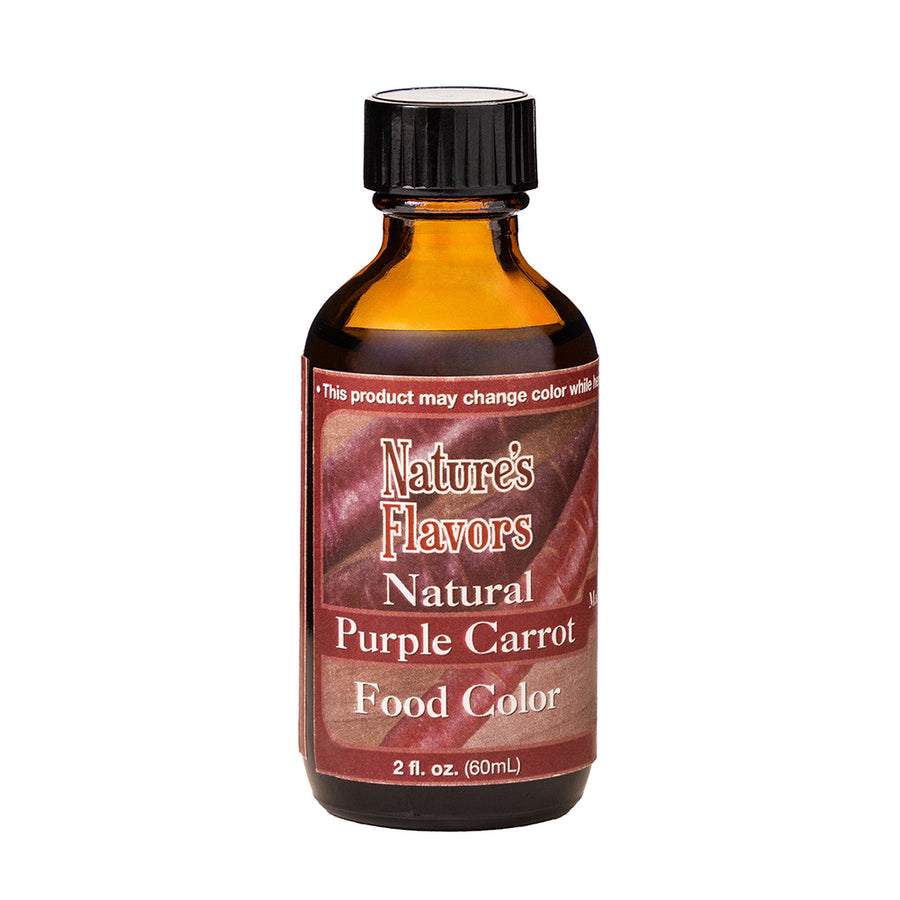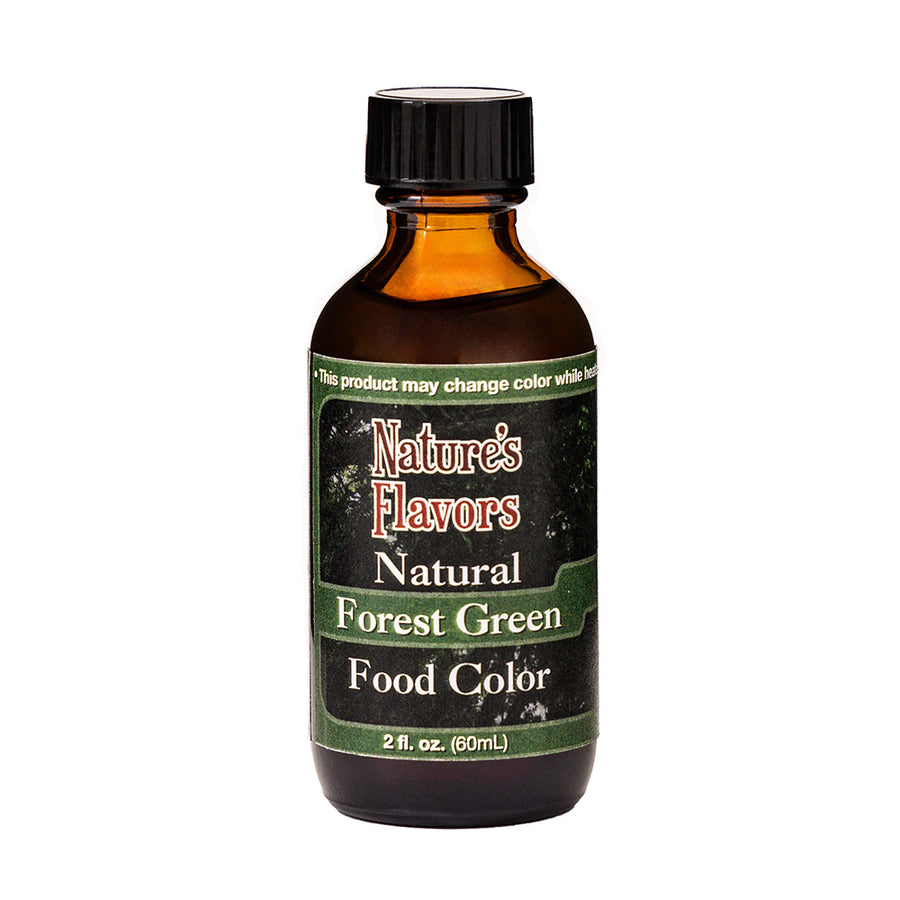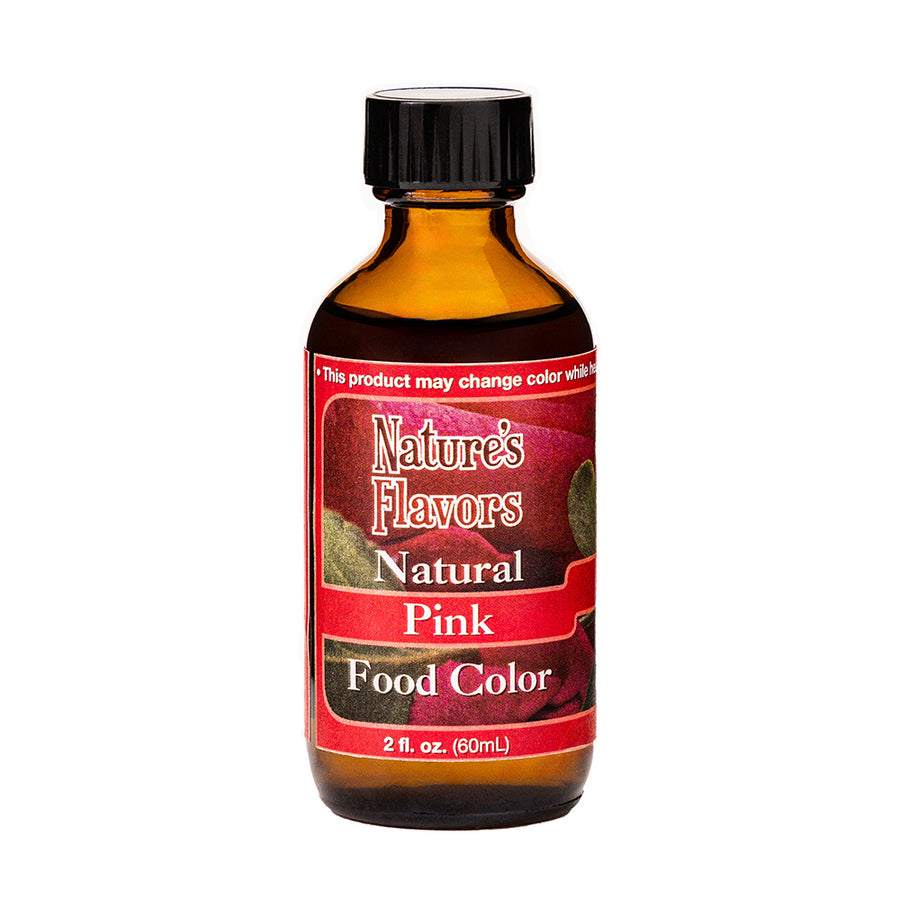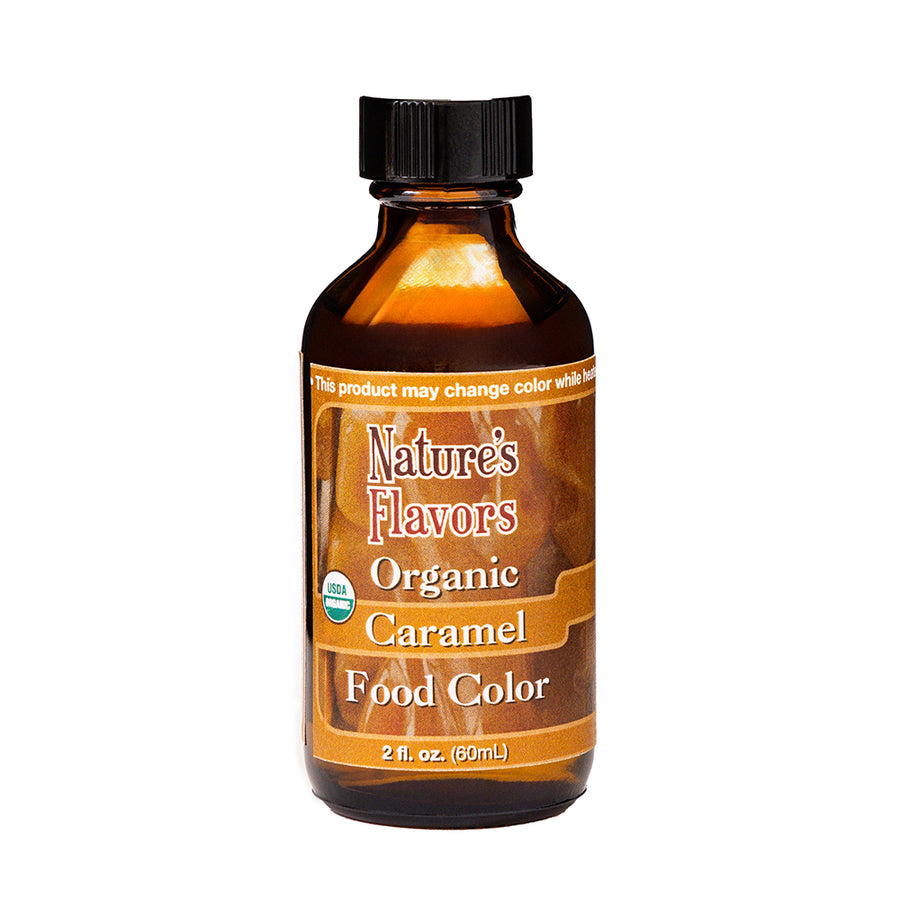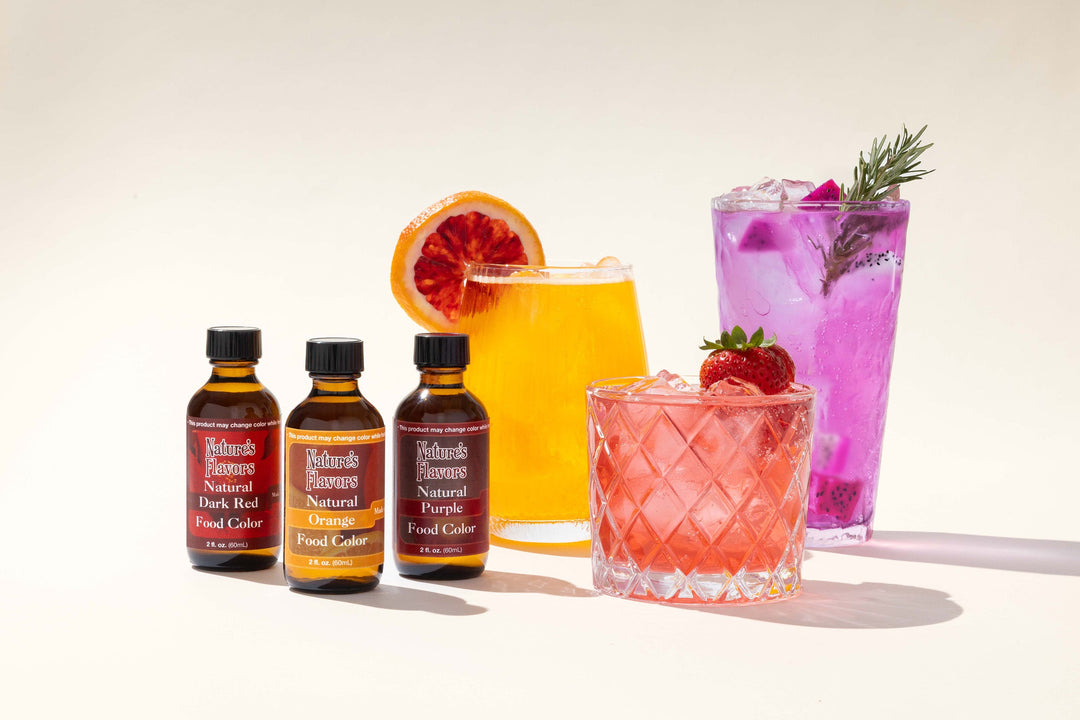Our Natural Purple Coloring is versatile and can be used across a wide range of food categories. It is particularly effective in baked goods, where it can add a striking color to cakes, cookies, and pastries without altering the flavor profile. In beverages, it provides a visually appealing hue to smoothies, juices, and teas. Additionally, it can be used in sauces, dressings, and dry seasoning blends, offering a natural color boost that appeals to health-conscious consumers.
Benefit:Using our Natural Purple Coloring offers several functional and business advantages. It ensures consistent color quality across batches, which is crucial for maintaining brand standards. The concentrate is cost-efficient, as a small amount goes a long way, reducing overall production costs. Its natural origin and clean-label appeal align with consumer demand for transparency and healthier ingredients, potentially increasing product marketability.
Versatility:The concentrate's versatility allows for a wide range of applications, making it a valuable addition to any product development toolkit. Its potency means that only a small amount is needed to achieve the desired color intensity, allowing for precise flavor control and innovative product formulations. This flexibility supports culinary creativity and can help differentiate products in a competitive market.
Quality Assurance:Our Natural Purple Coloring is manufactured under strict quality control standards to ensure safety and consistency. Each batch undergoes rigorous testing to meet industry regulations and customer expectations. Our production processes are designed to maintain the integrity of the natural ingredients, ensuring a high-quality product every time.
Sustainability:We are committed to environmentally responsible sourcing and manufacturing practices. Our purple carrots are sourced from sustainable farms that prioritize soil health and biodiversity. Our production methods minimize waste and energy consumption, aligning with global trends towards sustainable ingredient sourcing.
Storage:To maintain the freshness and potency of our Natural Purple Coloring, store it in a cool, dry place away from direct sunlight. Once opened, ensure the container is tightly sealed to prevent moisture ingress. Proper storage will extend the shelf life and maintain the quality of the product.
Caution:Due to its high potency, our Natural Purple Coloring should be used in moderation. It is important to follow usage guidelines to avoid overpowering your formulation. Start with a small amount and adjust as necessary to achieve the desired color intensity. This approach will ensure optimal results and maintain the balance of flavors in your product.


